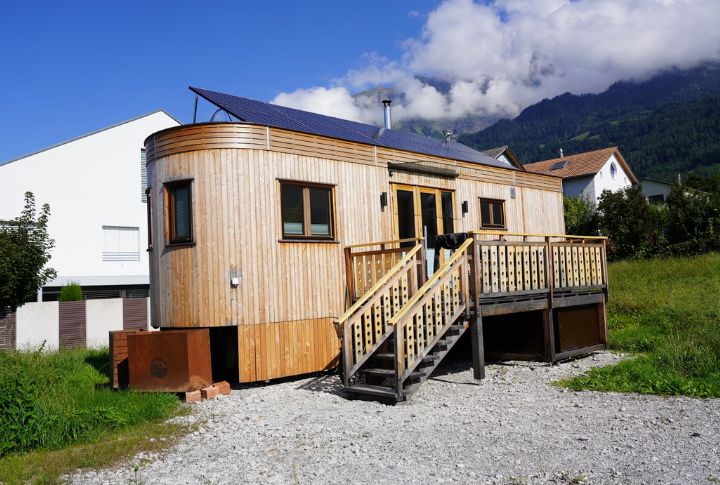
Single-wide manufactured homes are factory-built residences constructed as a single, complete unit and transported to a permanent site in one piece. With a standard width of under 18 feet, they differ from double-wides by having a narrower structure built on a single chassis. Their benefits go beyond the basics—and here’s how they start to show.
Lower Upfront Cost

Buying a home doesn’t always mean stretching finances, especially with single-wide manufactured homes averaging $76.28 per square foot, according to MHInsider. That lower entry price appeals to first-time buyers hoping to secure ownership sooner. It’s a budget-friendly route to start building equity without saving for years.
Quick Construction Timeline
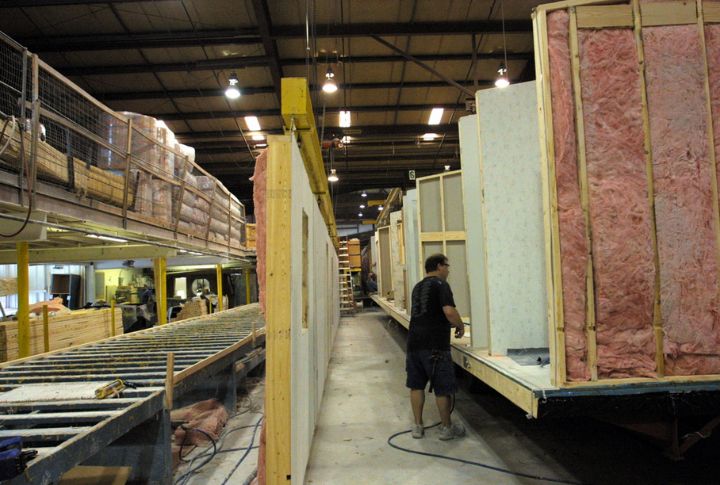
Factory settings eliminate delays caused by weather or subcontractor scheduling. The actual build time takes around 2 to 5 weeks, with a total move-in time averaging four months, including permits, delivery, and final setup. This faster timeline suits people seeking a dependable move-in schedule, sidestepping delays common in traditional construction.
Easy Maintenance

Smaller square footage and simplified systems keep household upkeep manageable. There’s less space to maintain and fewer mechanical issues to track. Since basic repairs are minor and don’t require professional help, daily living remains simple, and constant chores or unexpected fixes don’t consume time.
Energy Efficiency That Saves Over Time
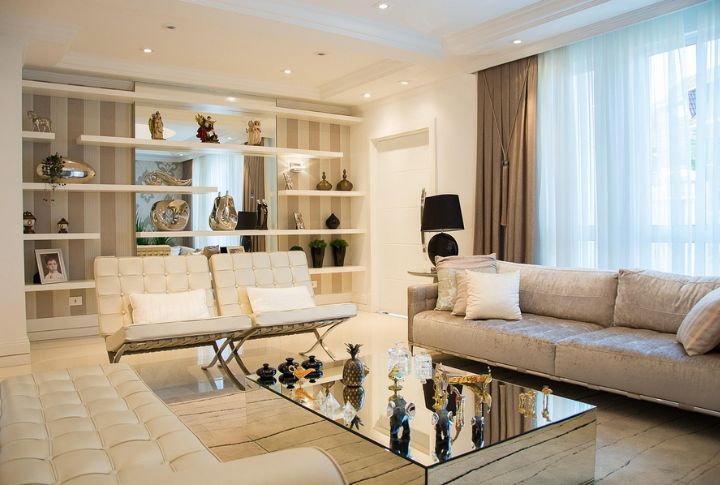
These homes use space wisely. Newer models often include high-efficiency appliances, sealed windows, and better insulation. All that reduces heating and cooling costs throughout the year. That kind of built-in energy performance keeps monthly utility bills predictable and makes long-term homeownership cost-effective and environmentally conscious.
Ideal For Smaller Lots

Narrow or irregular parcels of land often pose problems for larger homes. Single-wides can fit where others won’t, making them ideal for infill spaces or rural lots with limitations. Their compact footprint allows residents to use space efficiently and enjoy a functional, lasting residence.
Lower Property Taxes

Tax bills for these homes tend to be lower because of their reduced assessed value. That’s especially true when the home isn’t classified as real property. Local laws and land ownership status affect the exact amount, but owners usually benefit from long-term tax savings in the years that follow, compared to traditional homes.
Customizable Layouts
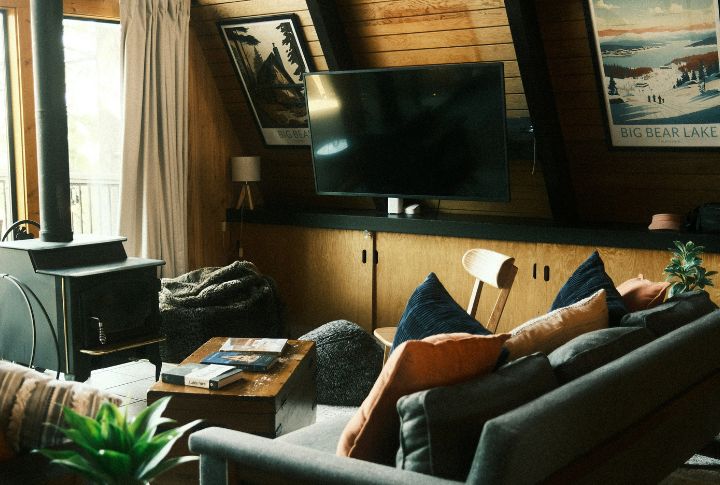
Layout becomes more critical as every square foot starts to serve a specific function. To support that, many builders allow changes such as shifting kitchen placement or adjusting room dimensions to suit your needs better. Whether you want an open kitchen or a secluded bedroom, layout flexibility lets the structure reflect your daily routine.
Modern Design Features

Contemporary finishes like recessed lighting, shaker cabinets, and matte hardware are now standard in single wides. Coordinated colors and clever built-ins give the interiors a polished, streamlined look. Newer homes reflect what buyers want in style without sacrificing comfort, even with less space to work with inside.
Minimalist Lifestyle Friendly

Limited square footage naturally discourages overconsumption, as living in a single-wide encourages practical decisions about what stays and what goes. Many owners report that staying organized by cutting clutter and focusing on essentials is easier. It supports a lifestyle where simplicity, intention, and comfort go hand in hand.
Good Rental Income Potential

These homes can generate solid rental income in underserved markets. MHInsider reports that the average monthly rent for manufactured homes is $732 as of May/June 2025. Low maintenance costs and steady demand in rural and suburban regions make single-wide homes even more appealing for investors seeking consistent returns without complex upkeep.
Zoning Flexibility
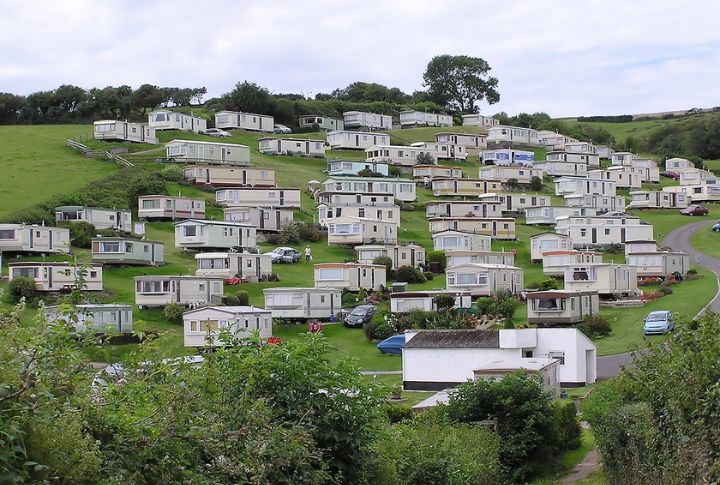
Smaller homes often face fewer regulatory hurdles in counties with strict square footage rules or limited infrastructure. A single-wide can qualify for permits where larger homes won’t. It opens options on land that might otherwise remain unused, especially in regions with lighter zoning or septic and road constraints.
Mobility If And When Needed
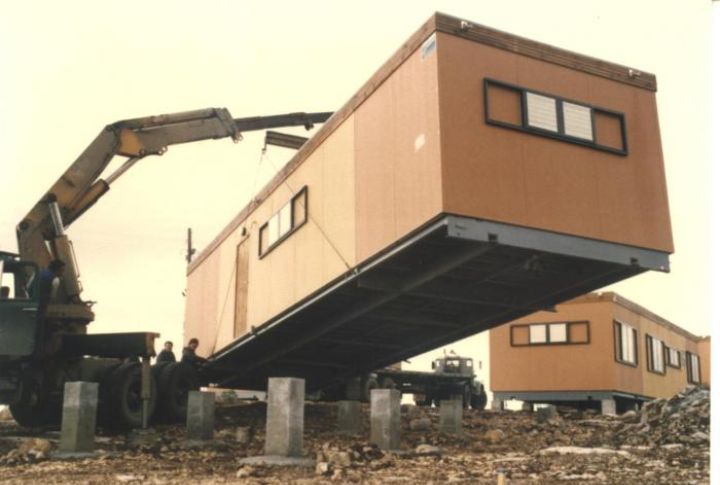
Although most remain in place, single-wides can be relocated more easily than traditional homes. This option supports adjustments to zoning shifts or personal changes while preserving the structure’s value. The mobility available—even if unused—adds flexibility for future decisions and personal circumstances.
Personal Land Ownership Option
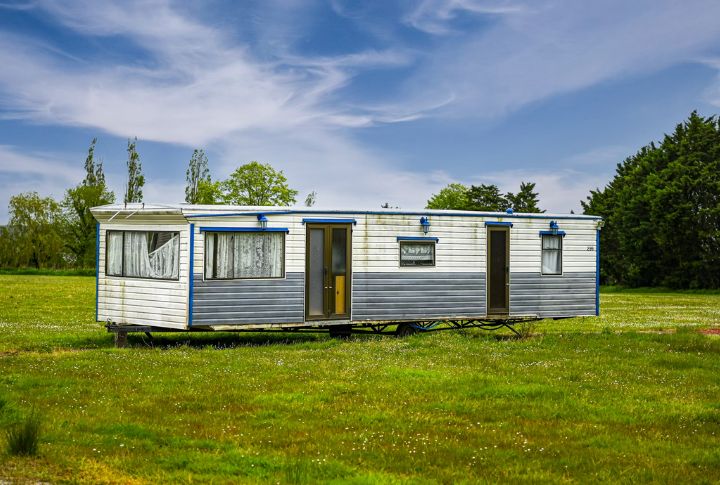
Many buyers place single-wides on privately owned plots, which offer more control than rental communities. There is no lot rent, no shared rules—just your home on your land. This setup supports personalized changes and long-term investment growth through property improvements. It’s full ownership, both above and below the ground.
Lower Insurance Premiums

Insurance costs are generally lower for homes with smaller footprints and standardized construction. Predictable repair expenses and simplified design often qualify these homes for affordable premiums. For budget-conscious owners, that reduction can mean hundreds saved each year, without cutting coverage or skipping protection for the structure and belongings inside.
Built-In Safety Standards
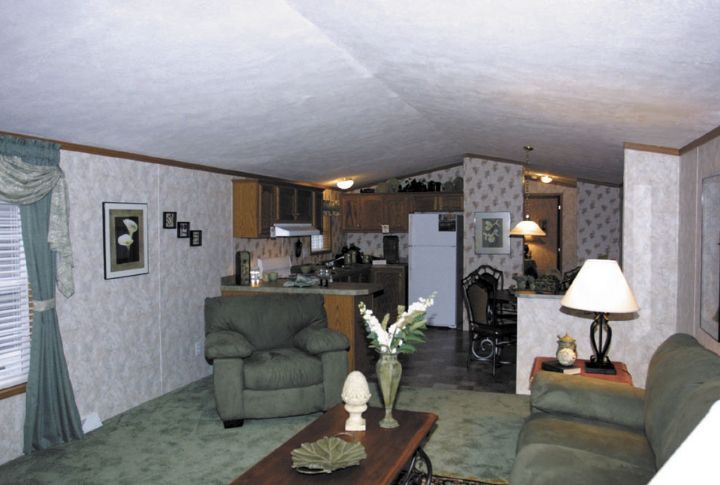
Homes built after June 15, 1976, must comply with the HUD Code. This includes federal guidelines that cover structure, fire resistance, energy efficiency, and durability. Safety requirements are enforced across all 50 states, giving customers confidence that their home meets the same standards as other housing types nationwide.
Easy To Finance With HUD Certification
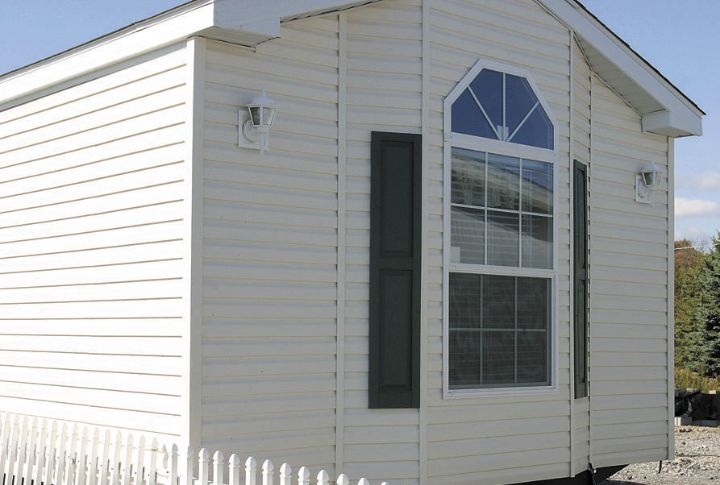
A HUD-certified home opens doors to FHA, VA, and USDA financing options. It makes single-wides more accessible to buyers with limited savings or average credit scores. Lenders also view HUD compliance as a sign of structural reliability, allowing a wider range of applicants to qualify for long-term, fixed-rate home loans.
Low Impact On Environment
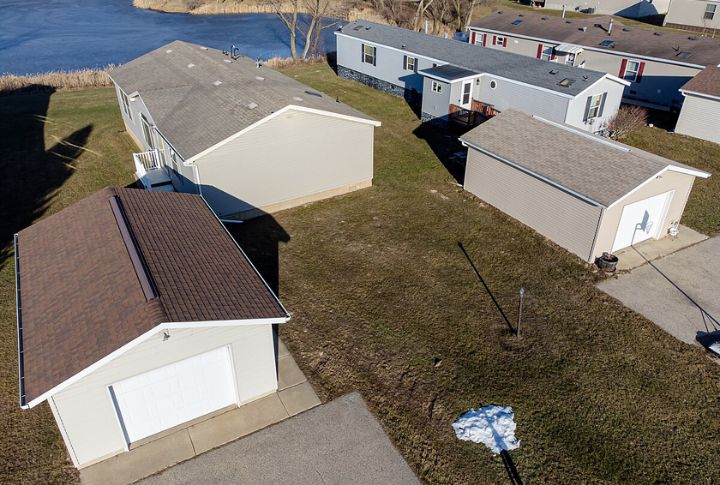
Prefabricated structures produce reduced construction waste and use modest amounts of raw materials compared to traditional alternatives. The controlled process also reduces environmental disruption at the installation location. If sustainability matters to you, a smaller, efficiently produced home keeps your footprint light while providing all the necessities of modern life.
Expandable Later

Add-ons such as porches or carports give homeowners room to expand gradually as their needs change. Starting with a single wide keeps costs low upfront, but future changes, when budget and needs allow, are easy to plan. Such adaptability lets owners avoid overcommitting early while leaving room to grow as life evolves.
Strong Resale Demand In Rural Markets
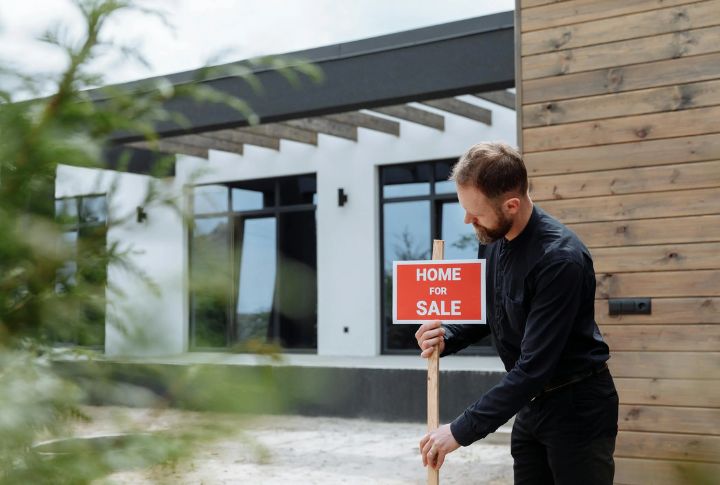
Manufactured homes have gained traction in rural areas with limited housing supply. Data shows they’ve appreciated at nearly the same rate as traditionally constructed houses—around 5% annually from 2000 to 2024. Single-wides can deliver substantial resale value in underserved housing markets when well-kept and placed on owned land.
Streamlined Utility Hookups

Plumbing, HVAC, and electric systems in factory-built homes arrive pre-installed, simplifying the setup once the home reaches the site. Fewer contractors are needed for final connections, and everything fits as designed. This organized approach reduces errors and saves time during the last phase before moving in.

